Susana and I have been visiting our fair share of religious buildings on this trip, and from a point of view of faith and getting closer to god they do nothing for us.
They are usually a bit chilly, poorly lit, although sometimes this can also be dramatic, and occasionally expensive to enter, getting to heaven can be a costly business these days. And their form, layout, materiality? Well these can also be dramatic, although not always. But what really riles me is how people describe them, the nonsense they speak about them. This was highlighted when we took a tour of the Monastery at Casalarreina in La Rioja, but I will leave that for later.
Firstly, we had the opportunity to visit the basilica, which is also the cathedral, in Zaragoza. From the outside it is the usual austere blank walls, very few windows in a classical style, with some strange gaudy tiling motifs around the domes. However,it isn’t until you get inside the real gaudiness starts. That complete lack of taste that the catholic church excels at. Bright colours, dark woods, brass and gold, dripping in gold.
But it wasn’t that which caught my attention, you come to expect it in catholic churches, it was the complete lack of elegance that churches are normally quite good at. In this building everything felt mean, too squat, the columns were too big, too fat, the ceilings too low. How can they have got the proportions so wrong?
Which really goes to show, that although these buildings are meant to inspire awe in us, get us closer to our gods, they are actually designed by mere mortals. Architects, engineers and craftsmen, who were doing their best, and sometimes only average, with the knowledge and understanding of their times.
Unfortunately, we respectfully have no photographs of the inside, maybe the website will give an indication of what I am on about.
http://en.wikipedia.org/wiki/Basilica_of_Our_Lady_of_the_Pillar
http://www.basilicadelpilar.es/inicio.htm
Which brings us onto the monastery of Casalarreina, for which we were fortunate to have a tour guide. She glossed over the more problematic issues surrounding the church; the lack of a local congregation, the lack of nuns and the fact that the few left were all old except two young nuns from Africa. A dying breed perhaps.
This building was in fact beautiful, with an amazing roof structure. It was however the stone carving that she focused on, which bizarrely showed a mix of Greek, Roman and pagan icons. This was probably because the craftsmen were given a relatively free rein to carve what they wanted, and they did. I am sure she talks about this because they felt that this was what the usual visitor wanted to hear and it was non contentious.
We also had they usual gaudiness.
And the cloister was so designed to maximize the daylight, and create symmetry in the shadow. All well and good. But she then went on to talk about the well proportioned spaces and the perfect acoustics!
Now this is where I really take issue. Why? Because of the understanding that engineers had of their materials at the time. It was limited. It was also before the enlightenment, and therefore was not really based on a science, more trial and error. And if there was too much error a lot of people would die in the construction. The proportions were a result of what could be achieved by the materials at that time.
If we built them today, we would test the stone, find out what its actual characteristics are. What it could really hold up, its compressive and tensile strengths. No one would be killed during the construction and we would be able to span more, we would have thinner columns and higher roofs. It would probably be more elegant and certainly more dramatic.
And what are perfect acoustics? Certainly the acoustics we experienced would have been very different from the day. Why? Well there was just the three of us, there were no tapestries on the walls and a false timber floor had been added. All these would have changed the acoustics of the space. Fabrics absorb sound, deaden it, without it you get much more reverberation and echo, a very different experience than when the place would have been filled with 50 nuns.
She also told us that the building was designed to the proportions of Fibonacci, which it plainly isn’t. Fibonacci series goes like this; 1, 1, 2, 3, 5, 8, 13, 21, 34, 55, 89…by adding the last two numbers together. And Fibonacci number approximates to dividing the last two numbers, 1.6181818, so the proportioning system would be 1 to 1.618. There are many such proportioning systems, the golden rectangle, modular man, each of them a justification of design. I would be interested to know if a survey had been conducted to determine which was considered the best, proportionally that is.
http://www.mathsisfun.com/numbers/fibonacci-sequence.html
http://jwilson.coe.uga.edu/emat6680/parveen/fib_nature.htm
What makes the Fibonacci number different is that this number can be seen in nature, in the proportions of tree boughs, or the segments within the compartments of shells. I am not sure why this might be so, but I will hazard a guess. Maybe it is because that it is a structurally very efficient number. The shellfish grows at a rate that it can fit within its shell, but the shell also has to support the weight of the animal. If it grows quicker, the shell cannot support it and it fails, if it grows slower, others who grow quicker will gain an advantage. Evolution probably tends towards this number….Well maybe. Is this a justification for architecture, I will let you judge. It wasn’t at the monastery!
GDR

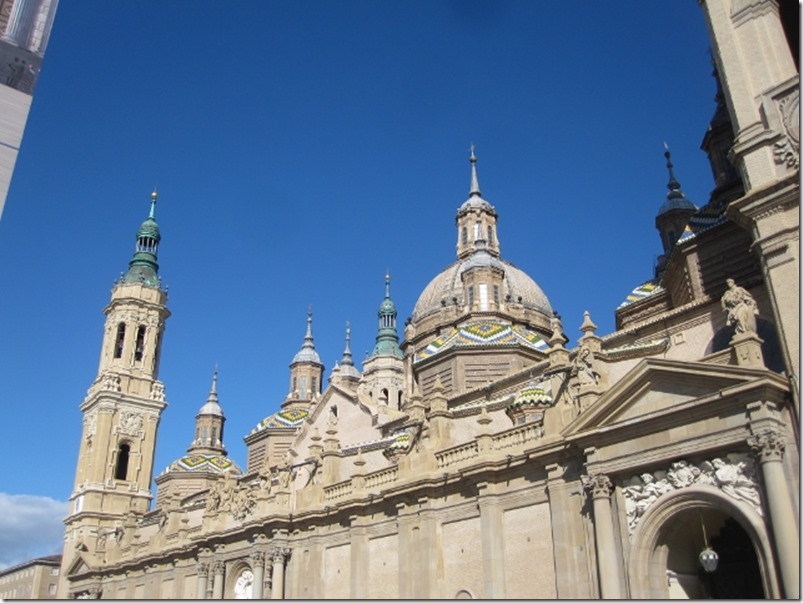
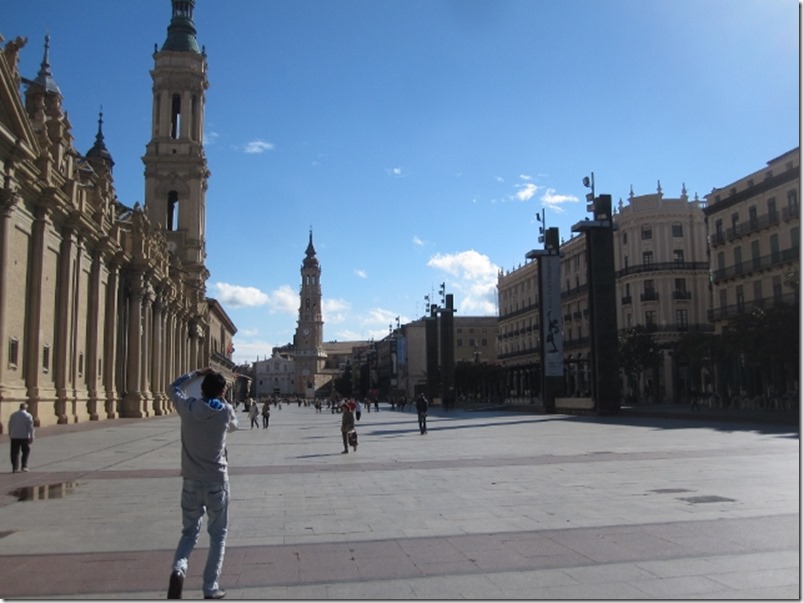
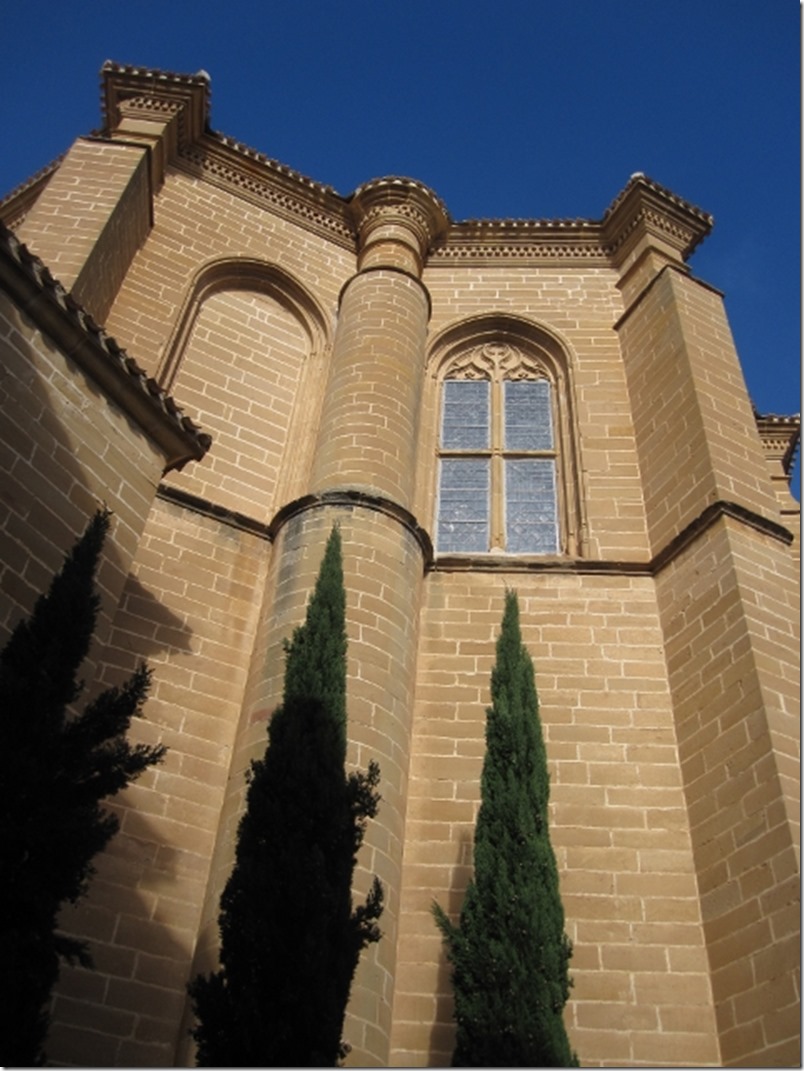
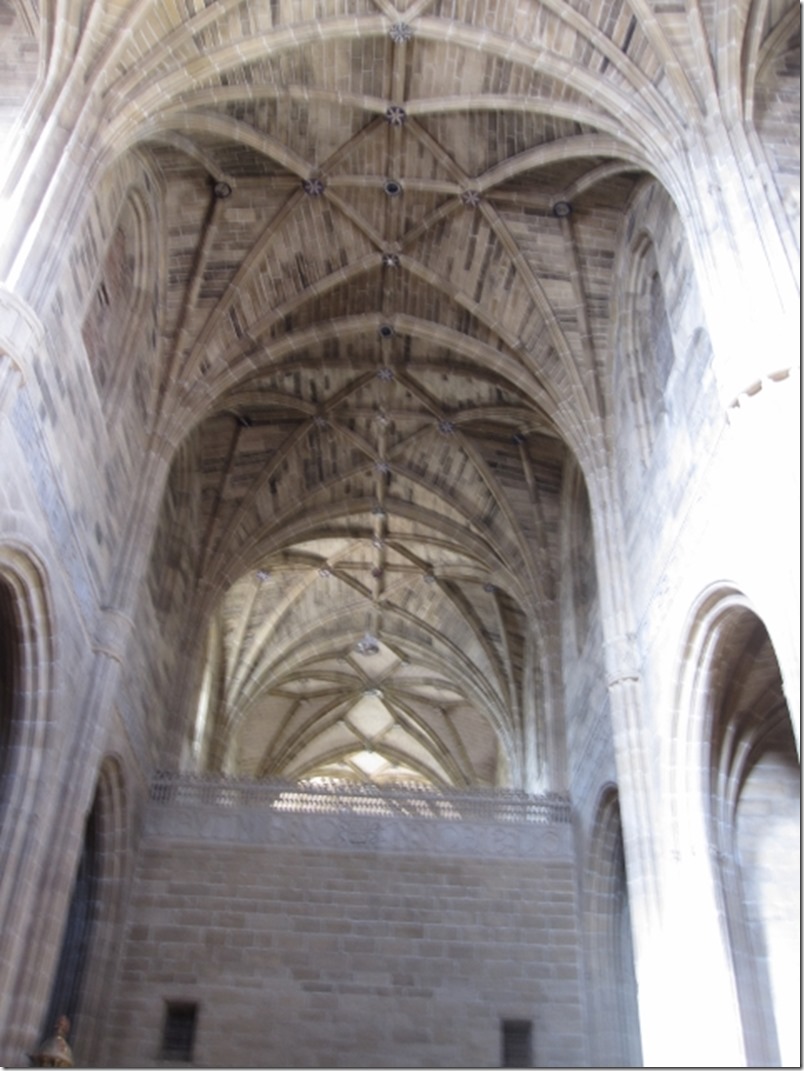
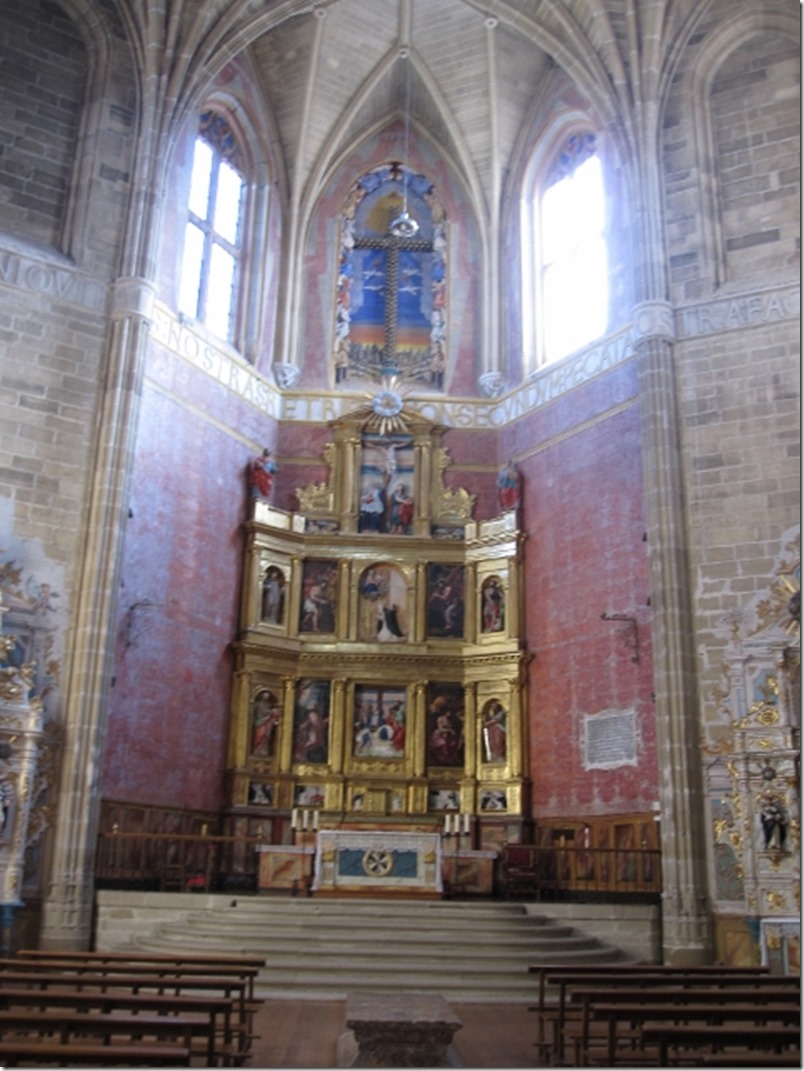
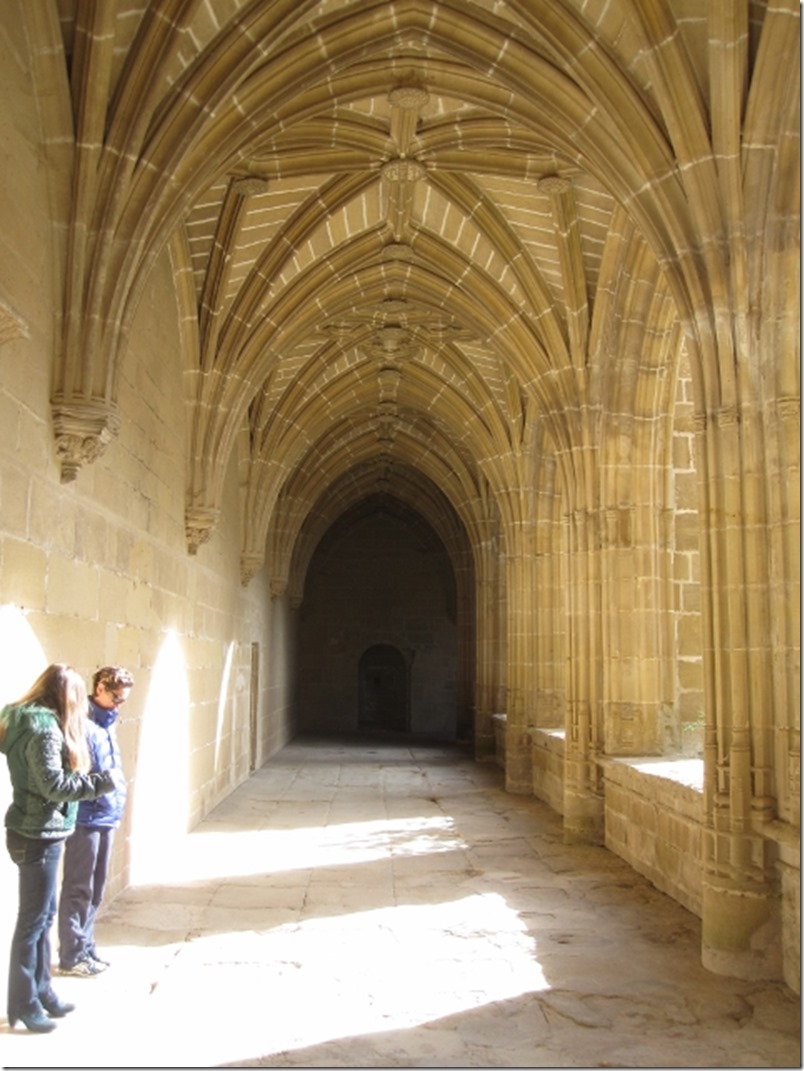






Gary
Do you realise that there are still many more churches/monasteries/cathedrals ….to get through before you leave Spain?
You are going to need a lot of patience!!!!
I x
Wow, this blog reminds me of those far off days when you were a student at Kingston and dad and I would have mini lectures by you. The one I remember most is of the geodisic dome. Those were the days! Considering the age of some of these buildings though some are quite spectacular although I take exception to the Catholic show of wealth in the trappings.
Not only the age, but the context they were built in, the deaths and misery that they caused, all for the servitude of a fictitious god! Some are spectacular, many are not, you have to go through a lot of trash to get to the odd good one. GDR
Lo que hace el entender!!!!!! los que no sabemos nada de arquitectura , solo vemos los monumentos, y escuchamos que nos explican, y quieren decirnos, pero nada más .
Cada uno opina de lo que sabe. tu opinion sobre los monumentos antiguos puede ser distinta.